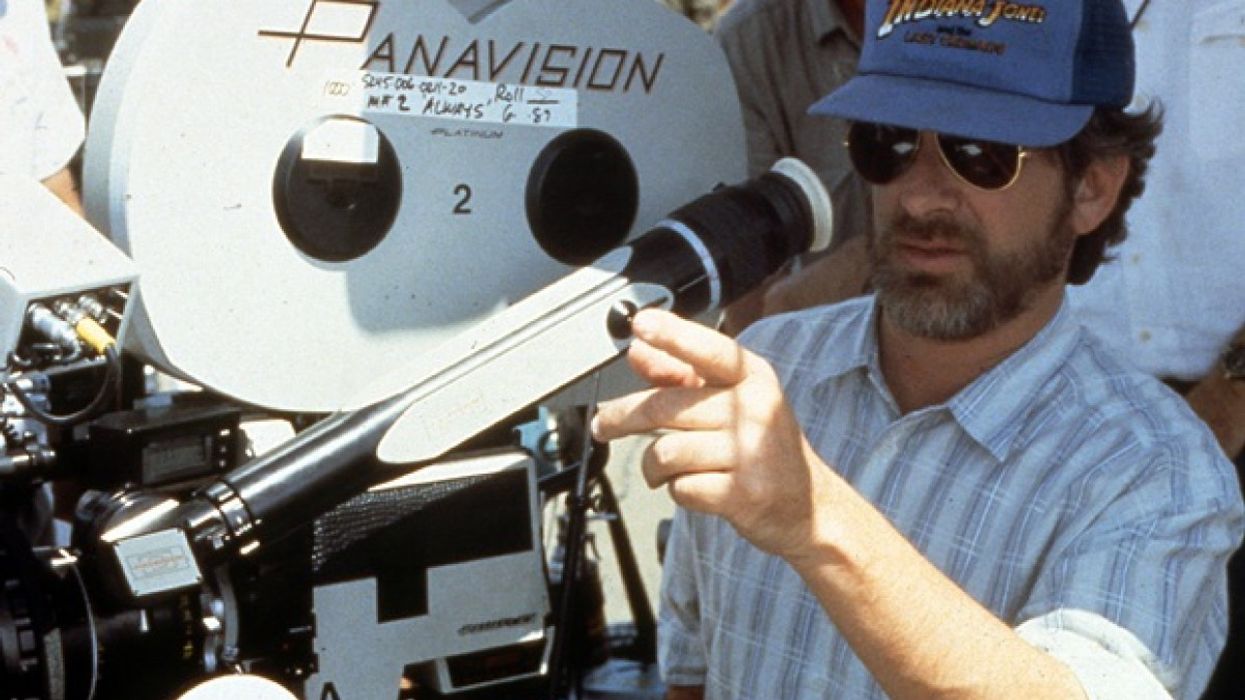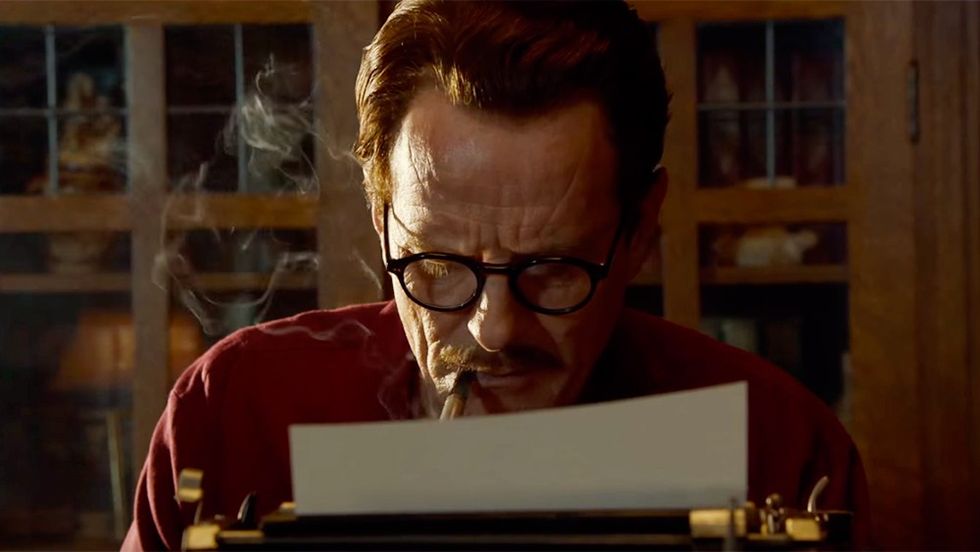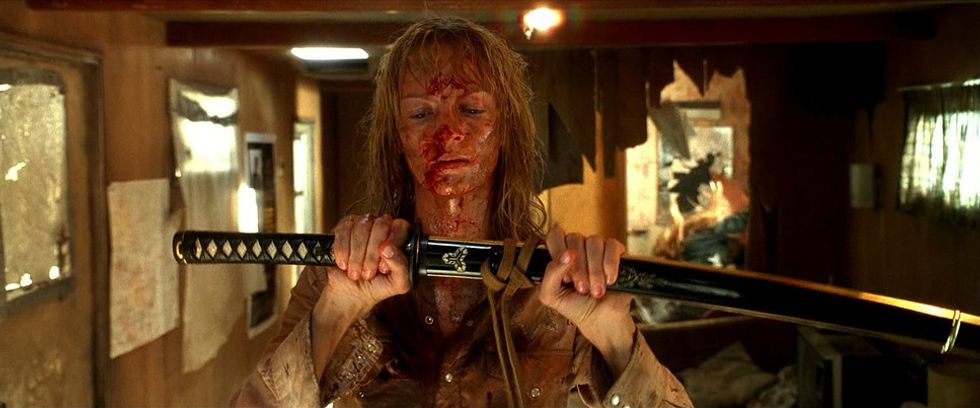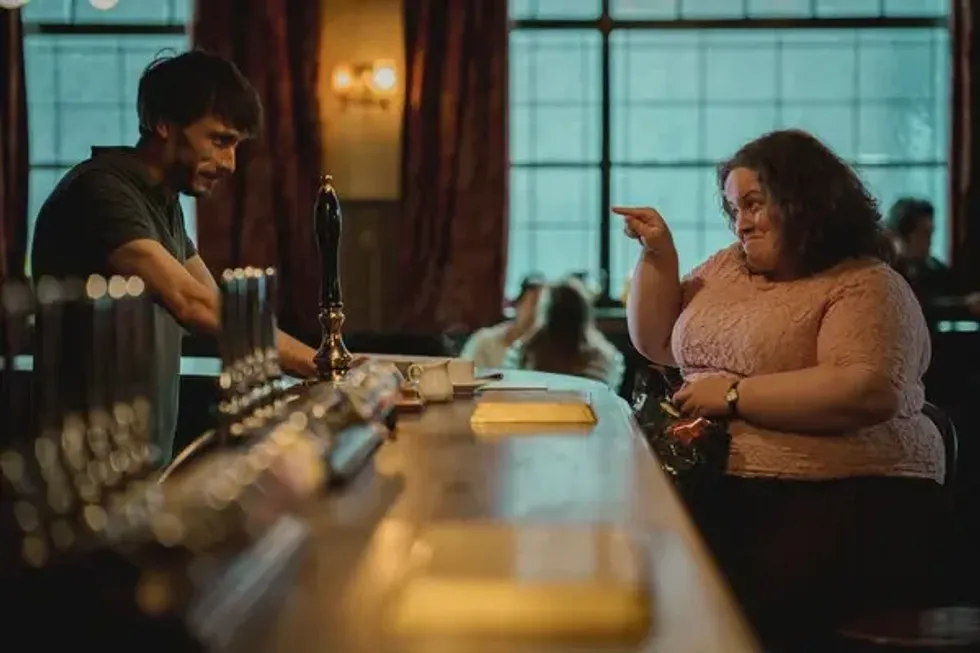This Study of Steven Spielberg's Cinematography Can Help You Master the Long Take


A long take, or "oner," is simply a shot that doesn't cut away to other shots -- they're continuous, usually following the action of the scene as it plays out in real-time. In the early years of cinema, it was normal to shoot this way -- most shots were at least 30 seconds long, many were longer. As cinema matured, the way films were made changed; cinematography became more complex, editing got much more rapid. So, the long take became a stylistic badge of honor for filmmakers wanting to prove their mettle. Orson Welles, Alfred Hitchcock, Andrei Tarkovsky, and François Truffaut are just a few directors who are known for their long takes -- we've even seen a resurgence of the utilization of this shot with contemporary filmmakers, like Wes Anderson, Paul Thomas Anderson, and probably most notably, Alfonso Cuarón.
However, the difference between these filmmakers and Spielberg, a concept pointed out by Tony Zhou, the creator of The Spielberg Oner: One Scene, One Shot, is that while many of these directors peacock these shots, making them highly stylized as to call attention to them, Spielberg, for the most part, takes a more subtle approach. As you'll see in the video below, Spielberg disguises these long takes in a number of ways, allowing audiences to become immersed in the dramatic energy of the scene without feeling the kinetic energy of the camera.
Check out the video essay below:
If you're a filmmaker who has a newfound desire to include some 3-minute long takes in your next film, you may want to study Spielberg's oners in their entirety. In the video above, Zhou provided some great commentary on the director's approach to capturing longer takes and what motivated his camera movements, but he also made two videos that exhibit 20 Spielberg oners in their entirety. Check them out below, and pay close attention to when and how the camera moves -- how he transitions into different kinds of shots (LS, MS, CU, etc.). Also, if you think you'd benefit from seeing how a contemporary crew pulls it off, check out some behind the scenes footage of how the crew on True Detective shot such a scene from an episode in Season 1.
Do you implement many long takes in your work? How do you plan, choreograph, and light for these types of shots? What is your favorite long take?
[via Tony Zhou & Cinephilia and Beyond]














